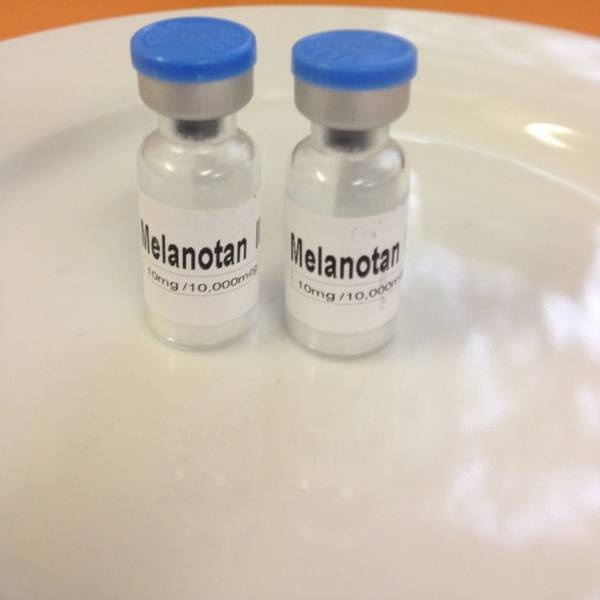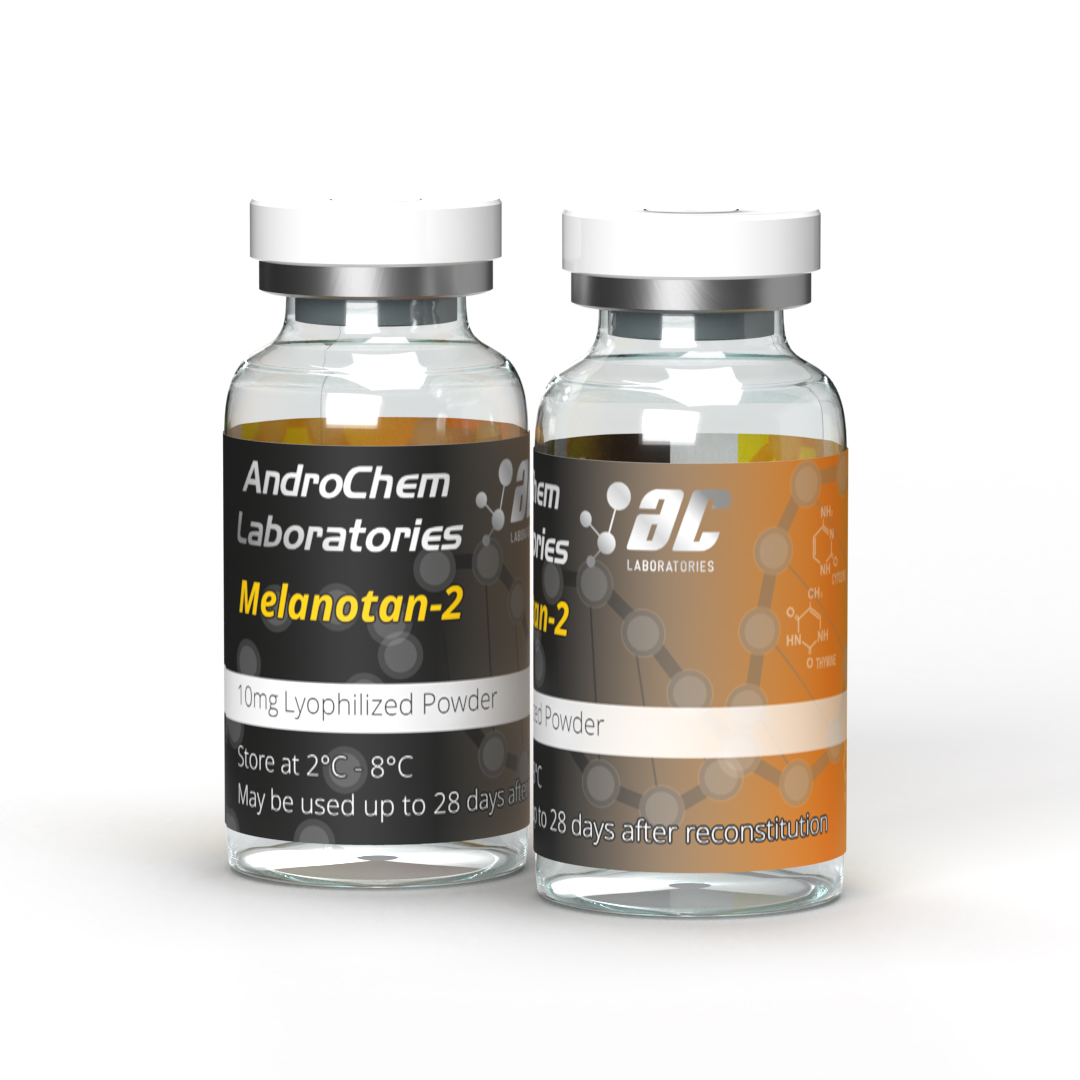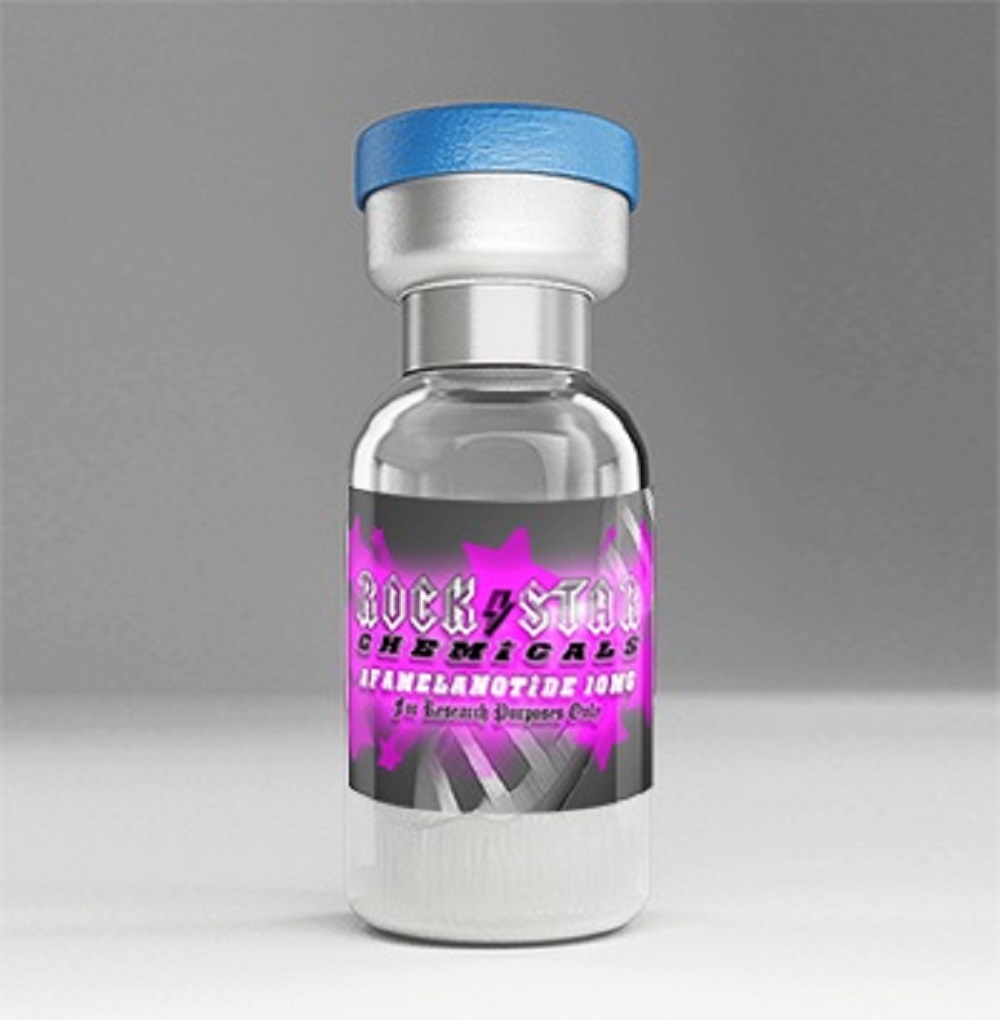
7 Skin Cancer Cells Myths Disproved Fred Hutchinson Cancer Facility
Prohibited Checklist Globe Anti Doping Company
They offer several features, from muscle gain, raising lean muscle mass, and weight loss to speeding up recovery. Production of eumelanin rather than pheomelanin by melanocytes, therefore increases pigmentation of the skin and thus supplies photoprotection versus hazardous UV radiation from the sun. This is the intended therapeutic benefit from the medicinal management of afamelanotide. Manufacturing of melanin is typically boosted by exposure to the ultraviolet (UV) radiation. element of sunshine.
- It consists of 16 mg of afamelanotide and is implanted under the skin, normally around the hip.
- Our searchings for suggest that thoughtful outflow to BAT, moderated through melanocortin receptor activation, is useful and responsive at birth.
- Afamelanotide (Scenesse ®) comes as a white rod around 1.7 cm in length and 1.5 mm in size.
- The neuroanatomical paths moderating melanocortin results on BAT thermogenesis are thought to entail PVH neurons that express melanocortin receptors.
- Spawn of pregnant Sprague Dawley women (Simonsen Laboratories) were randomly assigned to either the saline or MTII problem, with four dogs per medicine condition per litter.
Preclinical Researches About Carcinogenicity
On the other hand, we located substantial central c-Fos activation in rat pups after peripheral MTII management, with the greatest activation seen at P15. The very same dose and course of MTII produced no main c-Fos activation in adult rats, verifying previous studies (14 ). These searchings for suggest that the BBB may be a lot more permeable to MTII during growth, enabling centrally mediated results to be observed.

' Spray It Safe' And Avoid The Tanning Nasal Spray-- Below's Why It's High-risk
Hypothalamic c-Fos immunoreactivity in feedback to acute MTII management. Agent low-power bright-field micrographs of hypothalamic section in P15 rats in action to outer saline (A-- C) or MTII (D-- F), showing c-Fos-immunoreactive cells in the PVH (A and D), DMH (B and E), and the VMH and ARH (C and F). Rats were injected ip with either saline or 3 mg/kg MTII, then left uninterrupted until eliminated 90 min later Go to this site on. While comparable to GHRP-6, GHRP-2 is more powerful and has a shorter half-life.
Historical Development
They hypothesized that an effective method to lower skin cancer cells rates in people would be to induce the body's natural pigmentary system to create the body's all-natural photoprotective skin pigmentation (a tan) prior to UV direct exposure. The body's naturally occurring hormonal agent α-MSH creates melanogenesis, a process by which the skin's pigment cells (melanocytes) create the skin's pigment (melanin). They checked to see if administering this endogenous hormone to the body straight can be a reliable means of sun tanning.
